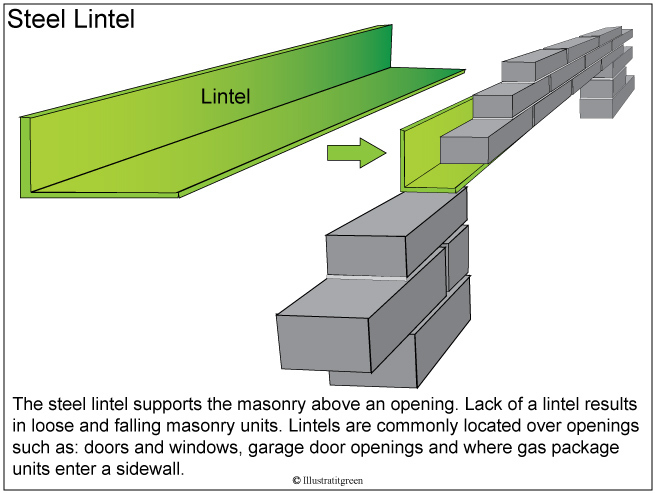A lintel is a horizontal beam placed above doors and windows to support the weight of the wall or structure above. Without it, the pressure from the wall would cause cracks or even collapse the opening. Lintels are made from various materials, including wood, steel, concrete, and stone, depending on the building’s needs.
Types of Lintels
- Wooden Lintels: Common in traditional homes, but can rot over time.
- Steel Lintels: Strong and durable, ideal for larger openings.
- Concrete Lintels: Used in larger or commercial buildings for heavy loads.
- Stone Lintels: Found in older or historic buildings for both strength and aesthetic appeal.
Why Lintels Matter
- Load Distribution: Lintels spread the weight of the structure above the opening to prevent damage.
- Prevent Cracking: They ensure the wall above doesn’t put too much pressure on the door or window frame.
- Aesthetic Value: Lintels, especially stone or decorative types, add visual appeal.
- Safety: Properly installed lintels keep the building structurally sound.
Installation and Maintenance
Lintels are installed during construction, with care taken to ensure they’re properly sized for the load they bear. Over time, lintels can fail due to damage, age, or poor installation. Common signs of failure include:
- Cracks above windows or doors
- Sagging or bowing lintels
- Misaligned window or door frames
- Dampness or water damage (especially in wooden lintels)
Conclusion
Though often overlooked, lintels are crucial for the stability of your home. They support the weight above windows and doors, preventing cracks, sagging, and potential safety hazards. If you notice signs of lintel damage, it’s important to have it inspected and repaired by a professional.




